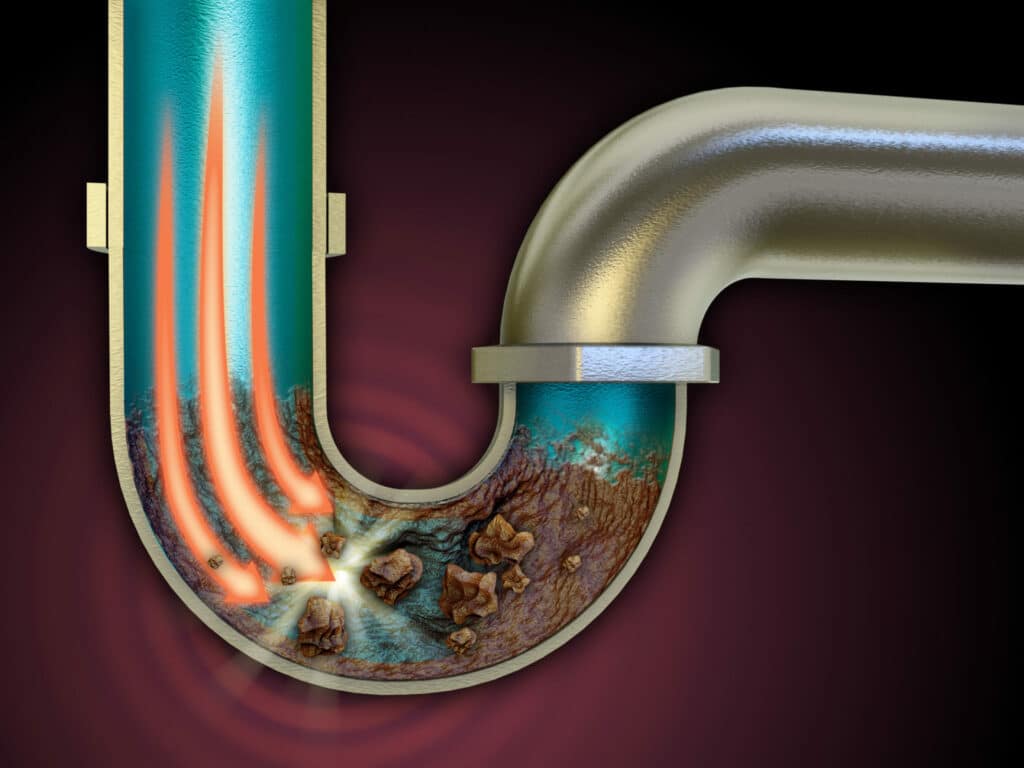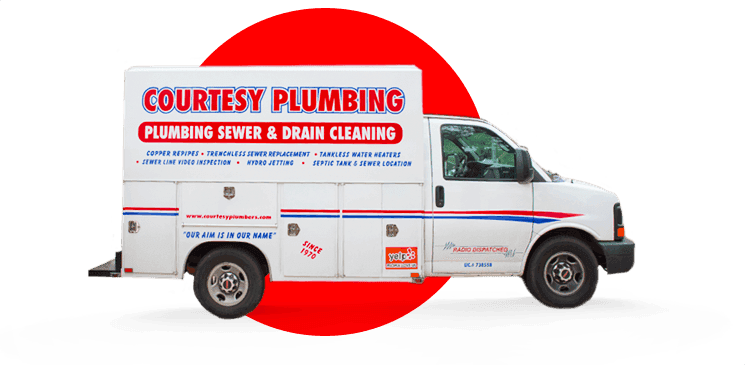Backflow is an undesirable event in your plumbing system that occurs when contaminated water flows in the opposite direction, potentially entering your home’s potable water supply. This issue poses severe health risks as it can expose your household to harmful chemicals, pathogens, and pollutants.
Backflow is typically triggered by changes in pressure within the water supply system, such as during water main breaks or heavy water demand. Consequently, ensuring the proper functioning of backflow prevention devices is crucial in safeguarding your home’s water supply and adhering to local regulations.
This comprehensive guide aims to educate homeowners on the importance of backflow prevention services, the different types of backflow prevention devices, and how regular maintenance and testing play a vital role in protecting your home’s water supply. By understanding these concepts, you can take proactive measures to prevent health hazards and ensure your plumbing system remains efficient, safe, and compliant with local codes and standards.
Backflow prevention services encompass the installation, maintenance, and testing of devices or assemblies designed to prevent the reversal of water flow within your plumbing system. These services may be provided by licensed plumbers who possess expertise and training in backflow prevention, ensuring that your home’s potable water supply remains clean and free of contaminants.
Ready to ensure the safety and integrity of your home’s water supply? Contact Courtesy Plumbing to schedule professional backflow prevention services that keep your plumbing system in optimal condition, protecting your family’s health and well-being.
Types of Backflow Prevention Devices
There are several types of backflow prevention devices designed to suit various plumbing systems and applications. These devices are essential components of your home’s plumbing system, designed to protect your water supply from potential contaminants. Here are some common backflow prevention devices found in residential properties:
- Air Gap: An air gap is a simple, highly effective, and widely used backflow prevention method. It involves maintaining a physical separation between the end of a water supply line and the flood level of a fixture or tank. An air gap ensures that no contaminated water can flow back into the potable water system.
- Vacuum Breaker: Vacuum breakers are mechanical devices that prevent backflow caused by back-siphonage, occurring when negative pressure in the water supply leads to the reversal of water flow. Two common types of vacuum breakers used in residential plumbing systems are atmospheric vacuum breakers (AVBs) and pressure vacuum breakers (PVBs). These devices function by creating an air vent when the pressure within the system decreases, preventing contaminants from entering the potable water supply.
- Reduced Pressure Zone (RPZ) Assembly: The RPZ assembly is a more complex backflow prevention device suitable for high-risk applications. It contains two independent check valves and a pressure relief valve situated between the two check valves. If either check valve fails, the pressure relief valve will open, releasing any contaminated water before it can enter the potable water system. This device offers a high level of protection against both backpressure and back-siphonage events.
Regular Maintenance and Testing of Backflow Prevention Devices
Proper maintenance and testing of backflow prevention devices are essential to ensure their effectiveness in protecting your home’s water supply. Some essential maintenance tasks include:
- Visual Inspection: Regularly examine your backflow prevention devices for signs of damage or wear. This can help identify potential issues before they escalate and compromise your water supply.
- System Flushing: It is essential to flush your plumbing system periodically, particularly if you use devices like RPZ assemblies that may accumulate debris over time. Flushing the system will clear out any buildup and help maintain the optimal performance of your backflow prevention devices.
- Annual Testing: Licensed plumbers or certified backflow testers should perform annual testing of your backflow prevention devices to confirm their proper functioning. Timely testing is crucial as backflow devices can become faulty or ineffective without noticeable signs.
- Periodic Replacement: Some backflow prevention devices, such as vacuum breakers, may need to be replaced periodically. Adhering to replacement schedules recommended by the device manufacturers or your plumber ensures that your plumbing system continues to provide the necessary protection against backflow events.
Understanding Local Regulations and Compliance
When it comes to backflow prevention, it is vital to be aware of the regulations and requirements governing your local area. Many communities have stringent codes mandating the installation and maintenance of backflow prevention devices to protect public water supplies. Failure to comply with these regulations can result in fines, legal action, and potential health risks for your household.
It is crucial to consult with a licensed plumber or your local municipal water authority to ascertain the appropriate backflow prevention devices for your home and ensure your plumbing system complies with all relevant regulations.
The Importance of Professional Backflow Prevention Services
Enlisting the services of experienced professionals for backflow prevention installation, maintenance, and testing is key to ensuring the safety and reliability of your home’s water supply. A licensed plumber with expertise in backflow prevention will:
- Assess your plumbing system and determine the most suitable backflow prevention devices for your specific needs and local regulations.
- Install the devices correctly, adhering to all relevant codes and manufacturer guidelines.
- Perform scheduled maintenance tasks, such as system flushing, visual inspections, and component replacements, to keep your devices functioning optimally.
- Conduct annual testing of your backflow prevention devices to ensure their effectiveness and compliance with local regulations.
Conclusion
Backflow prevention services play a vital role in safeguarding your home’s water supply and adhering to local regulations. By understanding the importance of backflow prevention devices, the various types available, and the need for regular maintenance and testing, you can take proactive measures to protect your family’s health and ensure your plumbing system remains efficient, safe, and compliant. Partnering with an experienced plumbing professional for backflow prevention services further ensures the reliability and efficacy of your home’s water supply.
Protect your home’s water supply today with our professional backflow prevention services! Contact Courtesy Plumbing right away to schedule an appointment and get the peace of mind you deserve. Call us now and let us take care of your plumbing system.



